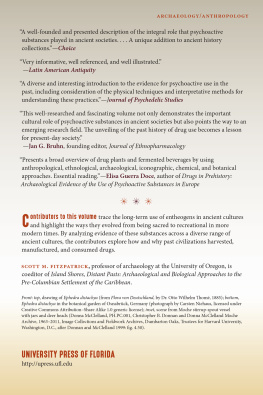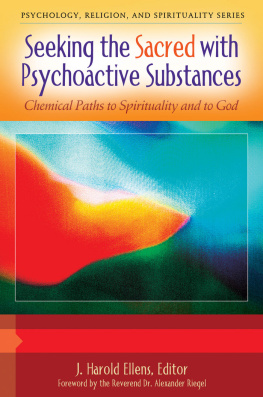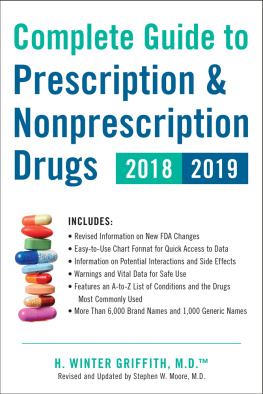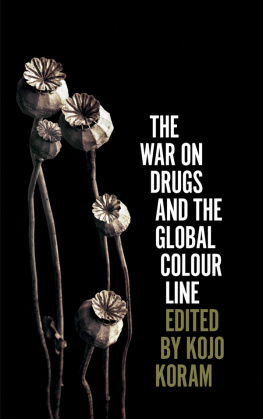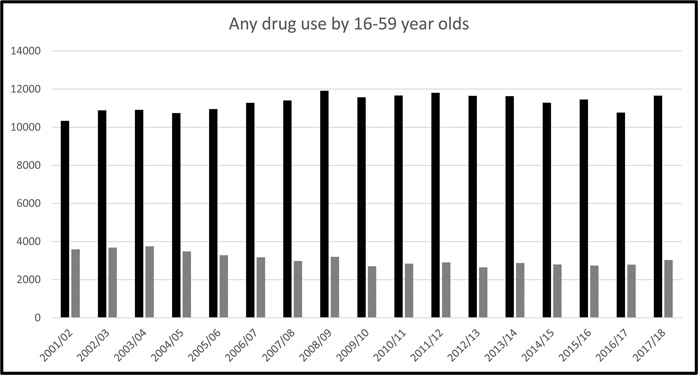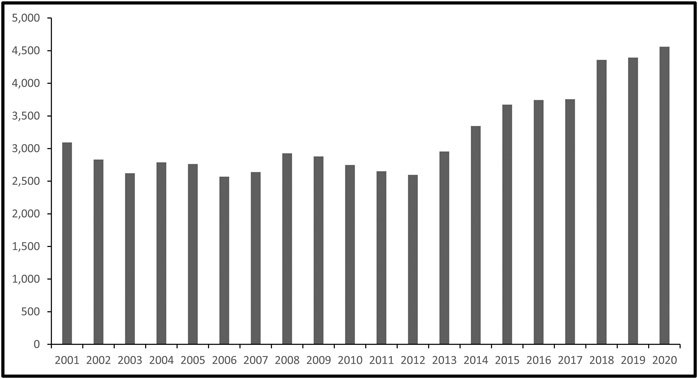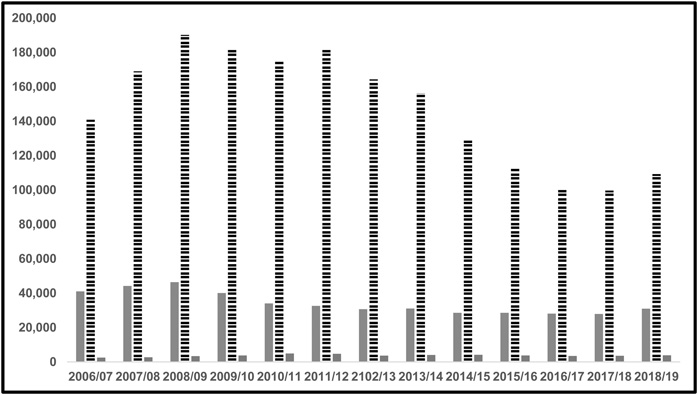Leslie A King - Forensic Chemistry of Substance Misuse: A Guide to Drug Control
Here you can read online Leslie A King - Forensic Chemistry of Substance Misuse: A Guide to Drug Control full text of the book (entire story) in english for free. Download pdf and epub, get meaning, cover and reviews about this ebook. City: London, year: 2022, publisher: Royal Society of Chemistry, genre: Science. Description of the work, (preface) as well as reviews are available. Best literature library LitArk.com created for fans of good reading and offers a wide selection of genres:
Romance novel
Science fiction
Adventure
Detective
Science
History
Home and family
Prose
Art
Politics
Computer
Non-fiction
Religion
Business
Children
Humor
Choose a favorite category and find really read worthwhile books. Enjoy immersion in the world of imagination, feel the emotions of the characters or learn something new for yourself, make an fascinating discovery.

- Book:Forensic Chemistry of Substance Misuse: A Guide to Drug Control
- Author:
- Publisher:Royal Society of Chemistry
- Genre:
- Year:2022
- City:London
- Rating:5 / 5
- Favourites:Add to favourites
- Your mark:
Forensic Chemistry of Substance Misuse: A Guide to Drug Control: summary, description and annotation
We offer to read an annotation, description, summary or preface (depends on what the author of the book "Forensic Chemistry of Substance Misuse: A Guide to Drug Control" wrote himself). If you haven't found the necessary information about the book — write in the comments, we will try to find it.
Updating and expanding the coverage of the first Edition, this book provides a chemical background to domestic and international controls on substances of misuse. In the United Kingdom, structure-specific (generic) controls have been further developed in the past 13 years and now cover 17 groups of compounds. The focus of those controls has been on new psychoactive substances (NPS). Since 1997, over 800 NPS have been reported to the European Monitoring Centre for Drugs and Drugs Addiction. International generic and analogue controls are described together with a critical review of their effectiveness. Other, established, drugs are described as well as a large group of psychoactive substances that are not scheduled by the International Conventions
This book has general appeal to those needing information on illicit drugs including forensic scientists, lawyers, law enforcement agencies, drug regulatory authorities as well as graduate and postgraduate students of chemistry and the criminal law. The chapters are supported by chemical structures, numerous tables and charts, appendices, a glossary and a bibliography. This unique book is a valuable addition to the literature in this area and will be of great assistance to those studying this topic.
Leslie A King: author's other books
Who wrote Forensic Chemistry of Substance Misuse: A Guide to Drug Control? Find out the surname, the name of the author of the book and a list of all author's works by series.

